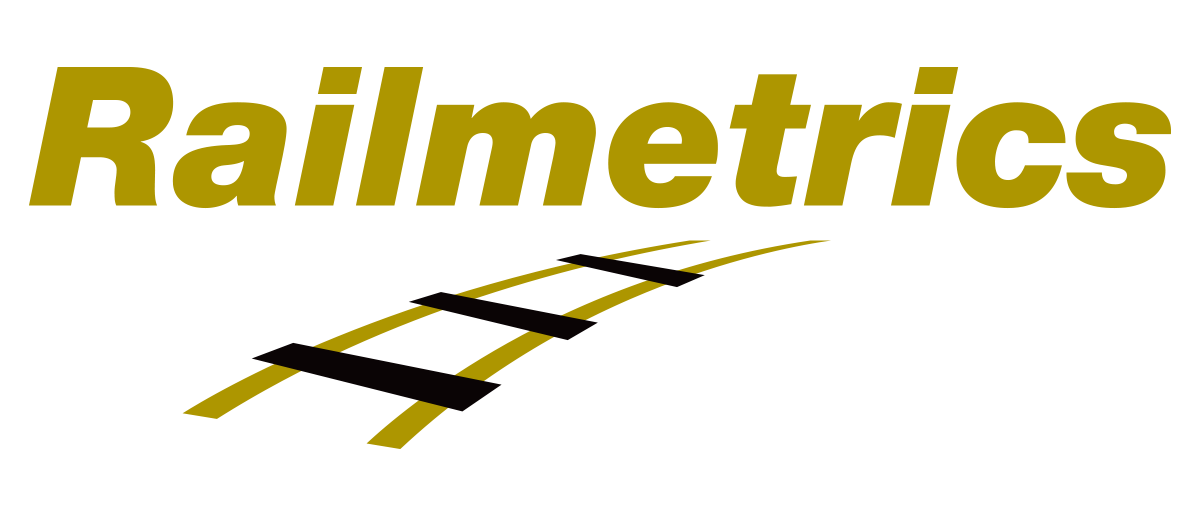Rotherhithe Tunnel - Deformation Monitoring
Challenge
The Thames Tideway Tunnel will capture, store and move almost all the untreated sewage and rainwater discharges that currently overflow into the River Thames in central London. The Rotherhithe Tunnel sits in close proximity to the Tideway East shaft site and there was a need to ensure that the construction work did not threaten the integrity of the tunnel. The CVB consortium (Costain, VINCI Construction Grands Projets and Bachy Soletanche), along with Sixense as their appointed monitoring contractor, required a tunnel monitoring system in place 12 months ahead of shaft construction to provide an adequate period of baseline monitoring. They required the monitoring programme to continue through the works and for a period after construction until any associated movements had ceased.
Access was only allowed during night-time engineering closures that took take place once per week. Another challenge was that the majority of the tunnel lining is tiled and is very delicate and as such, owner Transport for London was reluctant to allow intrusive structural fixings. They were also concerned that the monitoring system should not be affected by fortnightly tunnel cleaning operations that involve a mechanical process including spinning brushes and high pressure hot water jetting.
Solution
Monitoring experts at Sixense chose the Senceive FlatMesh™ wireless system as their monitoring solution. A total of 74 high-precision tilt sensor nodes were installed during engineering closures over an eight-week period to monitor any convergence/ divergence during the works.
Of these, 64 were installed directly onto the tunnel lining in 16 arrays of four nodes. A further 10 nodes were mounted on three-metre beams in a vertical shaft. The FlatMesh™ system allowed all the nodes to communicate with each other and measure sub-mm movements for an estimated project duration of 3-5 years.
The data were transmitted to two wall-mounted 3G gateways, positioned and powered at the base and top access chamber of Shaft 3, with the data being relayed and transmitted via an antenna at the top of this shaft. From there, data were sent securely via the mobile GSM network and accessed by registered users of the Senceive WebMonitor data visualisation software and the client’s own software. The nodes could also be remotely configured to provide near real-time data frequency if required.
Outcome
Senceive provided a fully wireless and flexible monitoring system which could be installed quickly and easily within the short night-time closures. The installed system was sufficiently robust to operate for years without maintenance - therefore avoiding the disruption, cost and potential risks associated with repeated site visits. Impact on the structure and damage to the tiles was minimal as the nodes required just a single mounting point and minimal cabling.
The Senceive and Sixense teams worked together to modify tiltmeter fixings in order to incorporate a 3D prism needed for optical instruments - thus avoid duplicate fixings. The IP66/68 tilt nodes with protective caps were found to be unaffected by the twice-monthly tunnel cleaning and also provided physical protection to the antenna.
The monitoring continues to provide reliable, precise and repeatable data until the Thames Tideway Tunnel is set to complete in 2023. The tilt nodes have a battery life of 12-15 years, allowing for the option to further extend the monitoring duration.
Downloads
Created on: Tue 6th Oct 2020



Senceive was the only supplier in the market able to supply us with a system that was robust enough to monitor what is a particularly challenging tunnel environment over an extended timeframe. The wireless system gave us flexibility in terms of our installations and enabled us to deploy the system quickly and efficiently within the short maintenance closures












